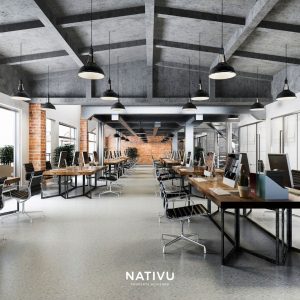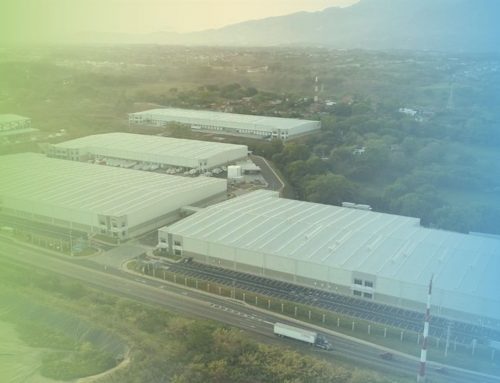Modern industrial offices are workspaces that combine traditional characteristics with the latest trends in design and technology, contributing to improved employee well-being and productivity.
The industrial style is known for being versatile, neutral, and full of character. Key materials include wood, concrete, brick, iron or steel, and leather. To add warmth and comfort, linens, cottons, and burlap can be used effectively.
Characteristics of Industrial Design
One of the main advantages of an industrial-style office is its affordability. It doesn’t require a significant investment to provide an attractive decor. This is because the style leverages the existing structure of a space.









